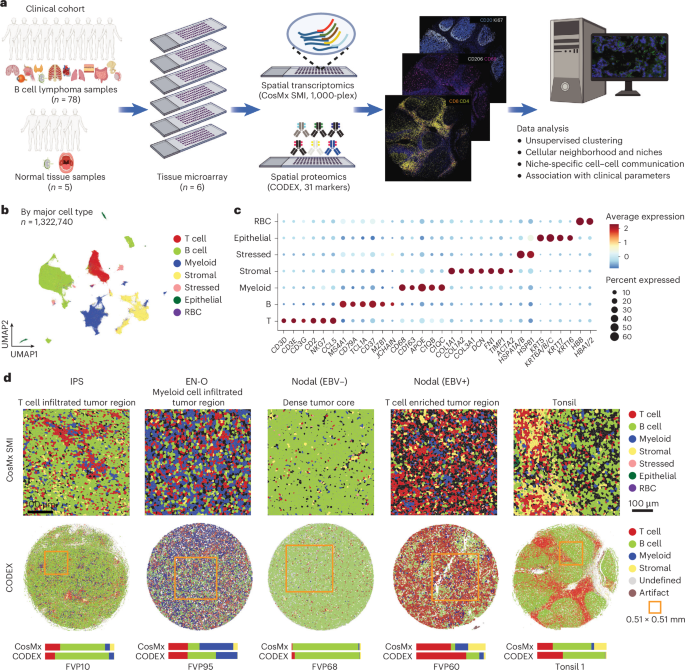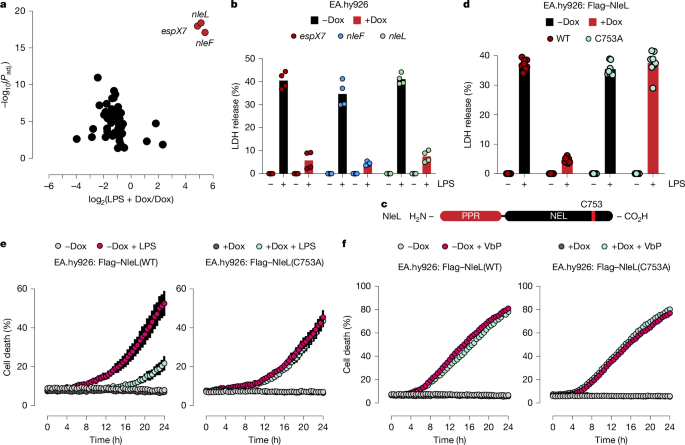For decades, scientists have known that Alzheimer’s disease is marked by sticky plaques and tangled proteins in the brain. In recent years, research has also shown that the brain’s blood vessels play an important role in how the disease develops. Yet despite decades of progress, this deeper understanding has not led to fully effective treatments. The main obstacle has been the uncertainty around the exact biological chain of events that leads to brain cell loss.
A Toxic Interaction Between Amyloid and Blood Proteins
New findings now reveal a damaging partnership between two key molecules: amyloid beta (Aβ), a peptide known for forming plaques, and fibrinogen, a major blood protein involved in clotting. When Aβ attaches to fibrinogen, it produces unusual clots that resist breakdown. These stubborn clots are linked to inflammation and damage in blood vessels, and even very small amounts of the complex appear to set off early signs of Alzheimer’s, including loss of synapses, swelling in the brain, and leaks in the blood-brain barrier. The results strengthen the case that vascular dysfunction contributes directly to neurodegeneration and highlight a promising new therapeutic target: the Aβ/fibrinogen complex.
“It takes a larger amount of Aβ or fibrinogen alone to cause serious damage in the Alzheimer’s brain,” says Erin Norris, research associate professor in the laboratory of Sidney Strickland at Rockefeller. “But when the two complex together, you only need very small amounts of each to cause damage. There’s a synergistic effect with Aβ and fibrinogen.”
Investigating a Long-Standing Hypothesis
Strickland’s Patricia and John Rosenwald Laboratory of Neurobiology and Genetics has been studying this Aβ/fibrinogen link for almost twenty years. Earlier work from the group showed that Aβ binds to fibrinogen and connected that interaction to the progression of Alzheimer’s disease. At the time, the idea that blood vessel problems could play a major role in Alzheimer’s was controversial. “Only recently, with a number of breakthroughs in the field, did people begin to believe that the vascular system is involved in AD pathogenesis,” Norris says. “Since our initial findings, we’ve been focused on studying the mechanisms that explain how a dysfunctional vascular system impacts AD.”
Identifying the complex was only the beginning. The researchers wanted to know how much damage it could cause on its own. They recreated low concentrations of the Aβ/fibrinogen complex in the lab and applied it to thin slices of mouse brain tissue as well as to living mice. This allowed them to observe its effects under tightly controlled conditions.
“We wanted to really show the damage — to zoom in on exactly how pre- and post-synaptic terminals were being harmed,” says Research Associate Elisa Nicoloso Simões-Pires.
Their experiments revealed that while Aβ and fibrinogen alone caused little harm, even small amounts of the combined complex led to major problems. It damaged synapses, increased inflammation, and disrupted the blood-brain barrier — all signature features of Alzheimer’s disease. When the researchers used antibodies that stopped Aβ from binding to fibrinogen, the harmful effects were significantly reduced.
“We showed that the complex actually induces blood-brain barrier leakage, when the proteins alone did not,” Simões-Pires says. “Disruption of the blood-brain barrier allows for blood proteins to cross into the brain, which lead to additional harm.”
Clues to Early Alzheimer’s and Potential Treatments
One strength of the study is that it used both isolated brain tissue and live mice. “It was an in vitro and in vivo project, both providing the same outcome,” Norris says. “We are much more confident in our results when we can show the same thing in culture and in a living organism.” Next, the team plans to explore the mechanism — why does this complex cause so much trouble?
There may also be clinical implications, because the study suggests that even small amounts of the Aβ/fibrinogen complex can trigger the features of Alzheimer’s disease long before cognitive symptoms appear. Mice exposed to the complex, for instance, also showed elevated levels of phospho-tau181, a biomarker used in humans to detect Alzheimer’s years before symptoms arise. This result raises the possibility that the current study is mimicking the earliest stages of AD progression and that early intervention targeting the complex itself could delay or prevent it.
While many mechanisms contribute to Alzheimer’s, the team believes this particular pathway deserves more attention. “It’s not a simple disease,” Simões-Pires says. “A lot of other factors can induce neurotoxicity, and we certainly do not propose that inhibiting this complex formation would cure AD. But perhaps targeting this complex would alleviate some of the pathologies and be even more effective in combination with other therapies.”
These discoveries bring researchers one step closer to understanding how damage spreads in the Alzheimer’s brain — and how stopping a single toxic interaction could make a difference.
First Appeared on
Source link













